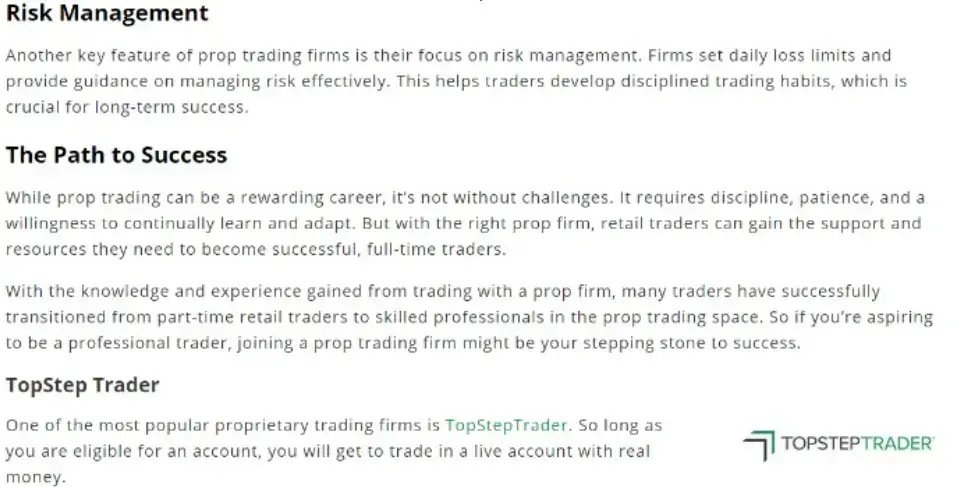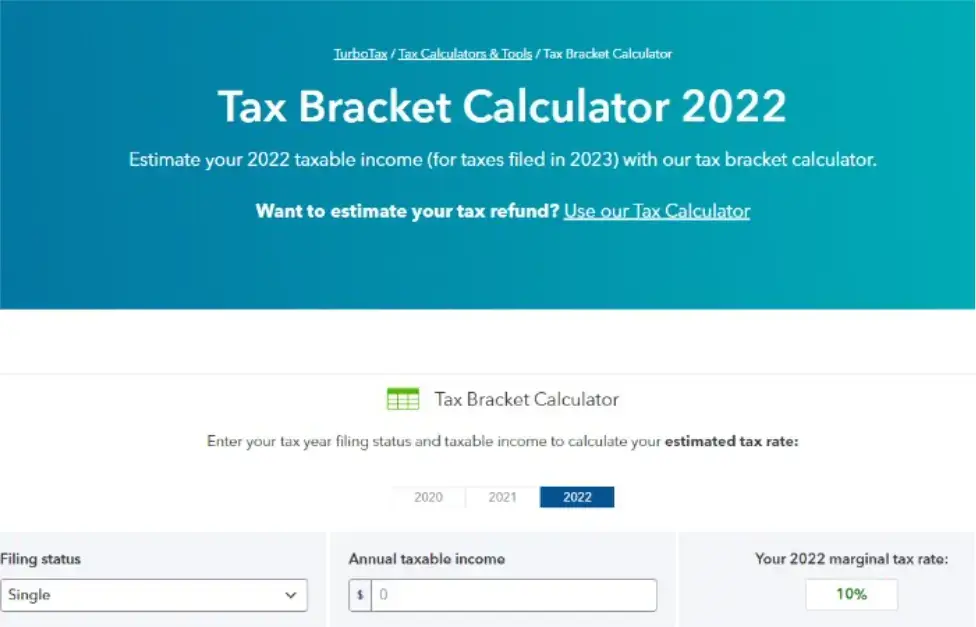The customer purchase journey is a complex and ever-evolving process. Understanding the various steps users take to make a purchase decision and how to create an effective sales funnel to boost conversions is essential.
From researching potential products online, comparing different options, considering reviews from other people, and finally deciding which product to buy - many factors are involved in each customer's unique purchase journey.
By understanding these stages and creating an optimized sales funnel, businesses can increase their chances of turning prospects into paying clients.
This guide will explore how businesses can use the customer purchase journey for maximum effectiveness in their marketing and inbound marketing strategy.
In this article:
- What Is The Customer Purchase Journey?
- What Are The 5 Stages Of The Customer Journey?
- Benefits of Understanding The Customer Journey
- How to Create a Sales Funnel
- Purchase Funnel Examples
What Is The Customer Purchase Journey?
It is the process customers go through when they decide to purchase.
It involves researching available options, comparing different products and services, considering reviews from other customers, and finally deciding which product to buy.
The customer purchase journey can vary greatly depending on the individual needs of each user.
For example, did you know that in research from Google, 59% of shoppers say that being able to shop on mobile is essential when deciding which brand or retailer to buy from?
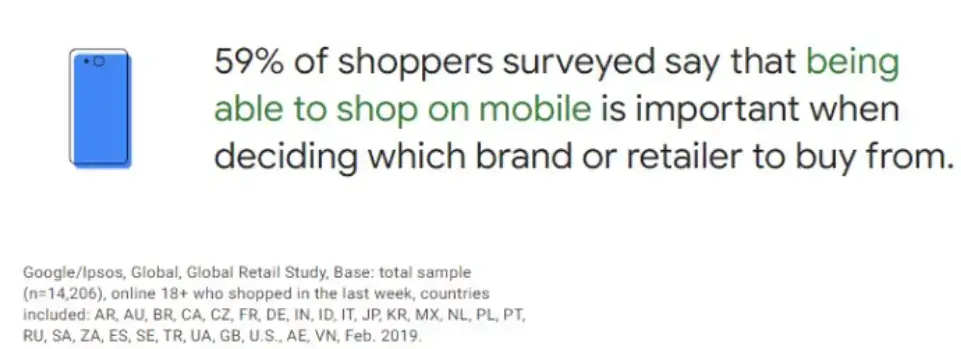
By understanding the customer purchase journey, businesses can create effective marketing strategies targeting users at the right time and place.
What Are The 5 Stages Of The Customer Journey?
The customer purchase journey typically consists of five stages:
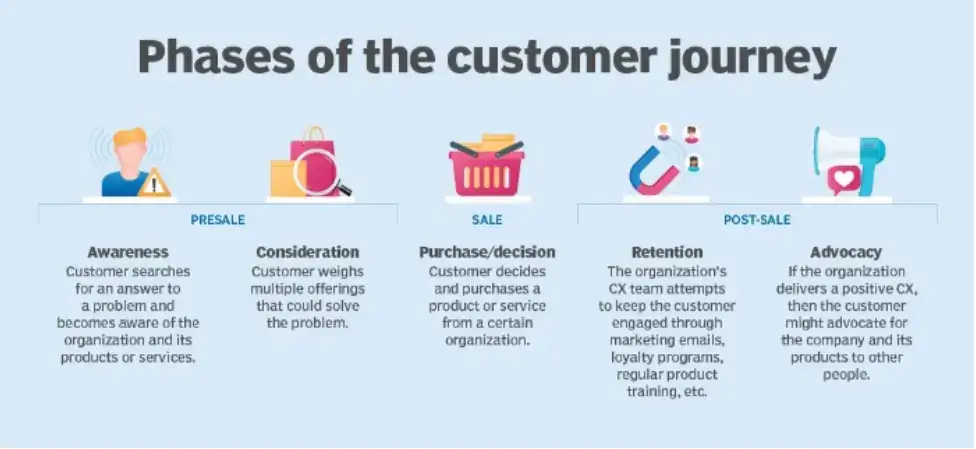
1. Awareness
It is the stage where users become aware of a particular product or service.
In this phase, customers may research different options and compare features to determine which product best meets their needs.
At this point, brands provide informative content that assists customers in identifying a problem and suggests possible solutions.
Your goal should be to assist users in solving their questions rather than promoting a sale.
Examples of content you can produce are:
- Blog posts
- Informative videos and tutorials
- Google slide templates
- Educational webinars or podcasts
2. Consideration
It is the stage where customers compare different products or services to determine which best meets their needs.
At this point, you can highlight the features and benefits of your product to help persuade users that yours is the right choice for them.
It’s important to be transparent about any limitations and competitive advantages so customers can make informed decisions.
Examples of content you can create for this phase are:
- Comparison charts
- Infographics
- Case studies
- Online reviews and testimonials
3. Purchase/Decision
The third stage is when customers make a purchase decision. It's all about convincing users to act and buy what you offer.
In this phase, you should emphasize the value of your product and how it can benefit customers.
Some helpful content you can create to help customers make their purchase decision include:
- Free trials or samples
- Product demos
- Discounts and coupons
4. Retention
The fourth stage concerns retaining customers and encouraging them to continue using your product or service.
At this point, you should create content that helps people get the most out of your product.
It could include:
- Tutorials
- Webinars
- User guides
- FAQs
You can also create loyalty programs and offer incentives to reward customers for continued patronage.
5. Advocacy
The fifth and final stage is when customers advocate for your product or service, spreading the word to their friends and family.
At this point, you should focus on creating content that encourages customers to share their positive experiences with others.
It could include:
- Reviews
- Videos
- Social media posts
- Referral programs
Everything in this phase should focus on improving customer loyalty.
Benefits of Understanding The Customer Journey
By understanding the customer purchase journey and creating content tailored to each stage, businesses can benefit in multiple ways.
It helps you create a more personalized user experience, leading to increased engagement, and it allows you to generate more conversions, as customers are more likely to purchase when they understand the value of what you are offering.
-
Know your audience
By understanding the customer purchase journey, you can better identify the needs and preferences of your target audience.
This information is invaluable for creating effective content marketing strategies that resonate with users.
-
Find issues with your products
Analyzing the purchase journey also gives you an insight into any issues or roadblocks users may experience while making a purchase decision.
You can then use this information to improve customer service and make necessary product or service changes.
-
Reduce costs
By studying the data, you can create more targeted campaigns more likely to generate conversions with less effort.
It reduces costs as you won’t have to invest in campaigns that don’t produce results.
-
Streamline the selling process
Finally, understanding the customer purchase journey allows you to create a well-optimized sales funnel that will make it easier for customers to find what they are looking for and guide them toward making a purchase decision.
How to Create a Sales Funnel
Now that you know the basics of the customer purchase journey, let’s create an effective sales funnel.
The first step is to identify the key stages of the process and define your goals for each.
For example, in the awareness stage, your goal may be to provide informative content to educate users on the problem.
In the consideration stage, your goal may be to highlight the features and benefits of your product.
Once you’ve identified each stage and defined your goals, it’s time to create content to help users progress through the funnel.

Follow these steps to build an effective sales funnel:
1. Build a landing page
Your landing page should be optimized for conversions as it is the first stop in your sales funnel.
It should include a brief summary of your offer and give customers an easy way to learn more about your product or service.
2. Offer something back
It could be an incentive such as free access, discounts, coupons, or special offers that give customers a reason to keep engaging with your content.
3. Nurture the lead
Nurturing leads can be enhanced by providing relevant educational content, offering personalized recommendations based on their interests and preferences, conducting personalized follow-up emails, and engaging with them on social media platforms.
By consistently adding value and building a relationship with leads, you can strengthen their interest and trust in your business, increasing the likelihood of conversion.
4. Close the sale
When customers are ready to make a decision, you need to be sure they take action and make a purchase.
Highlight the value of your product, providing discounts or incentives and emphasizing any unique features or benefits.
5. Streamline and optimize
Once you have created your sales funnel, it’s important to track user behavior and make adjustments where necessary.
It includes testing different content formats and tracking key metrics such as engagement, conversion, and click-through rates.
Purchase Funnel Examples
Now that you know how to create a sales funnel, let’s look at some examples.
ModestMoney
A great example is ModestMoney, which offers online financial advice and money management tips, such as the best prop trading firms.
On this page, users can better understand the options available by describing the services provided and guiding people toward the final purchase.
Website Policies
WebsitePolicies is an excellent example of how to create a sales funnel.
The page provides customers with easy-to-understand information on each policy and includes helpful links to answer any questions.
Then, there's an easy-to-follow step-by-step process to create a policy in seconds.
Intuit TurboTax
Another example is Intuit Turbotax. They offer a free tax bracket calculator, which helps users understand their tax situation and encourages them to purchase a service to fill their taxes.
Techimply
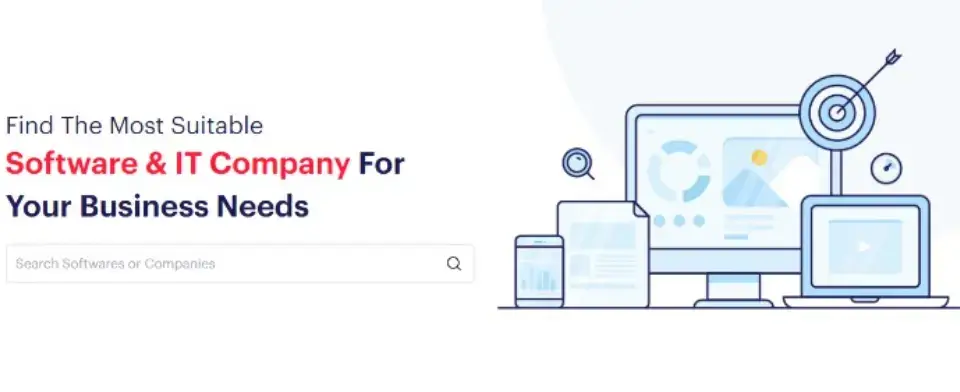
Techimply helps you find the most suitable software or IT company for your business needs, such as customer success software.
They explain each step of the process with detailed information and guide how to make the best decision.
Final Words
Understanding the customer purchase journey is essential for any business that wants to be successful.
It helps you create content tailored to your target audience and develop an effective sales funnel to help generate conversions.
Following the steps outlined above, you should be fine creating an optimized sales funnel to help take your business to the next level.
Author Bio:
Erik Emanuelli has been a passionate blogger in the online marketing game since 2010. Visit his website to learn more about SEO to get more leads for your business.


